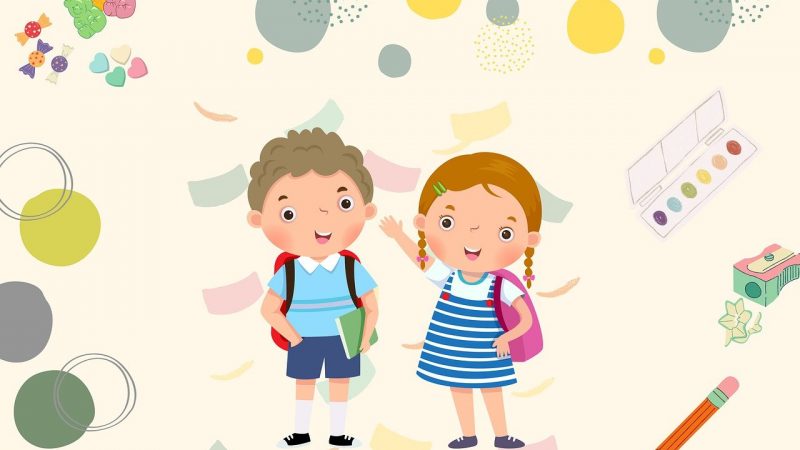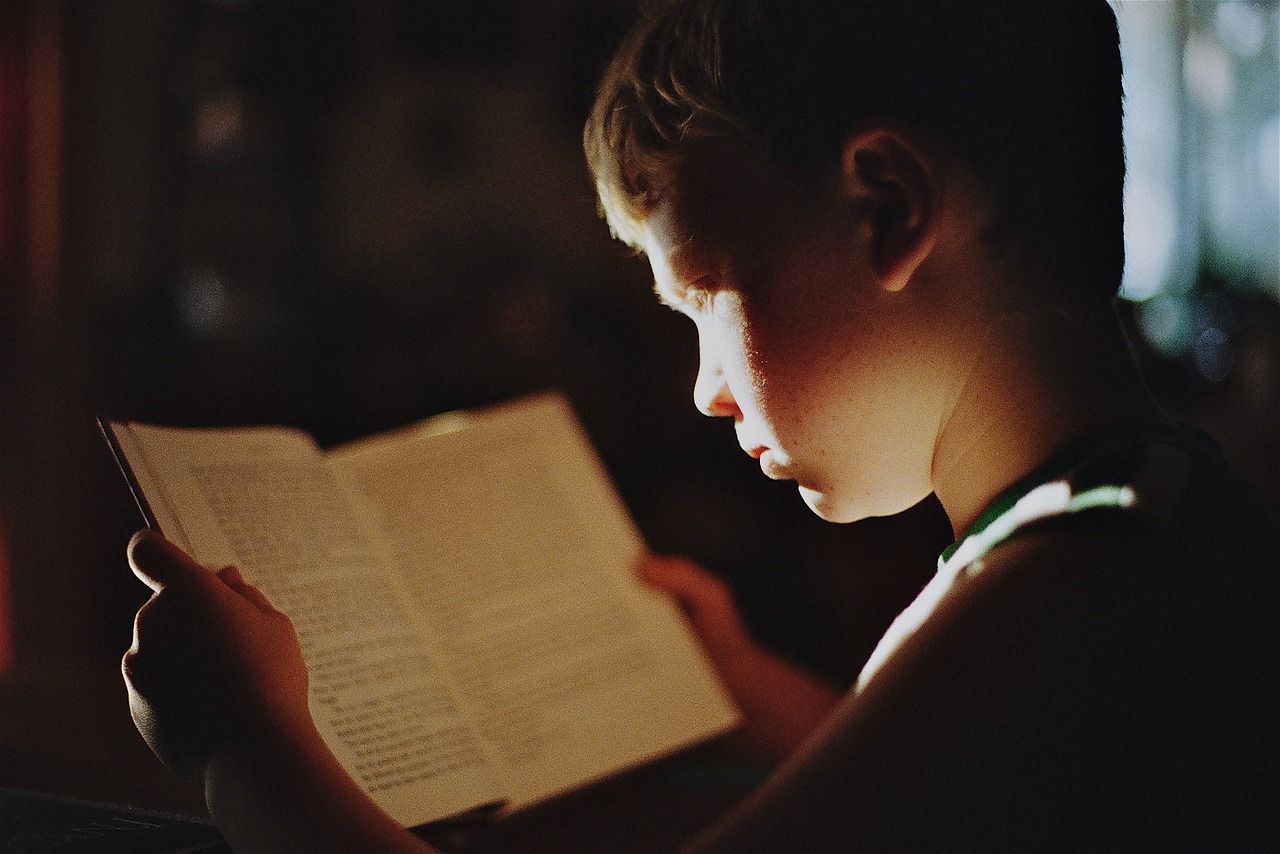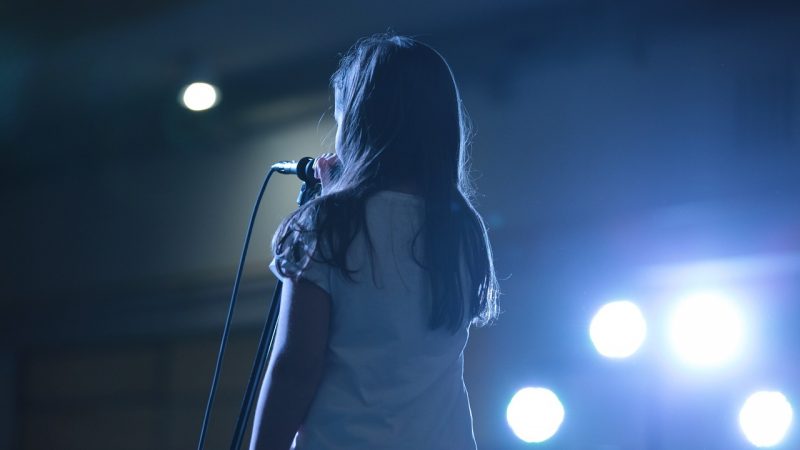Halloween opens up many opportunities for learning disguised as spooky fun. The holiday’s themes of imagination, creativity and storytelling lend themselves to activities that build academic and social skills. Here are 7 educational Halloween games and activities to get kids learning while having seasonal excitement:
1. Halloween Bingo
Bingo builds pattern recognition and listening skills. Create bingo cards with Halloween words, pictures, math problems or facts. Call out the items and have kids cover squares. Teach new vocabulary like arachnid, nocturnal, or crescent. Add math problems like “4 spiders x 3webs”. Make multiple versions to differentiate. Reward winners with small prizes.
2. Pumpkin Decorating
Decorating pumpkins taps into creativity and art skills. Have kids draw designs first to plan the faces. Teach STEM concepts like center of gravity while carving. Explain tools and safety. Discuss pumpkin facts like seeds, pulp, and how shapes affect stability. Add math by graphing kids’ favorite designs. Kids practice fine motor skills with hole poking and seed digging.
3. Halloween Memory Game
Playing memory matching games exercises visual memory, attention and concentration. Make cards with pairs of rhyming Halloween words or spooky character matches. For younger kids, use simple picture matches like two ghosts, two cats. Time the pairs flipping over cards to find matches. Memory games strengthen observation, cognitive speed and working memory.
4. Spooky Science
Halloween offers a perfect gateway to explore spooky science like static electricity, dry ice vapor, mixing potions, or glow-in-the-dark reactions! Make conductors out of gummy worms. Float magnets over pumpkins. Create haunted houses from milk cartons discussing structural engineering. Grow bacterial “ghosts” in petri dishes. Experimenting builds the scientific method, inquiry and critical thinking.
5. Halloween Sensory Bin
Sensory play develops fine motor skills and sensory processing. Fill bins with Halloween materials like fake spider webs, googly eyes, herbs and spices, Halloween confetti and baked pumpkin seeds. Bury spooky figurines for kids to excavate. Have kids sort textures and describe differences. Practice scooping and pouring. Create tactile cravings in shaving cream. Sensory activities encourage discovery and descriptive language.
6. Spooky Stories and Drama
Storytelling bolsters language skills and imagination. Have kids create or re-tell spooky stories incorporating new vocabulary words. Use costumes, props and voices to act them out. Older kids can write scary stories to share aloud. Discuss concepts like climax, conflict and resolution in tales. Add a map for story settings. Make a story character puppet. Dramatizing builds confidence, creativity and public speaking skills.
7. Halloween Math Games
Incorporate math into Halloween fun. Carve pumpkins numbered 1-10 then place number cards to order or add. Graph favorite candies. Estimate and count candy hauls. Create math problems from tombstone names and dates. Practice measuring with witch hats, brooms or cauldrons. Time kids bobbing for apples. Math games reinforce numeracy in a festive context.
Halloween allows disguising learning as ghoulish games for active mastery. Tying activities into curriculum areas like reading, writing, math, science, drama and art makes holiday fun more meaningful. With creative planning, the season provides a pathway into diverse learning goals.









